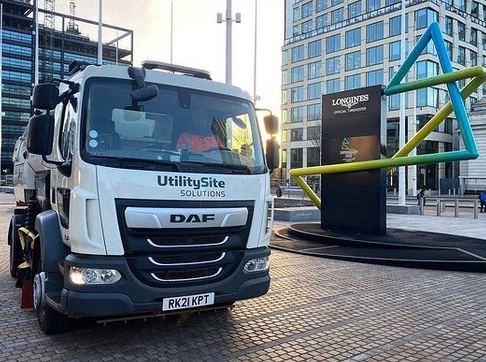Excavation is a fundamental process in construction, utilities, and infrastructure development. In recent years, there has been a paradigm shift towards non-invasive excavation methods, with suction excavator emerging as innovative tools at the forefront of this transformation. This comprehensive guide explores the key features, benefits, and implications of suction excavators, shedding light on their artistry in non-invasive excavation.
1. The Evolution of Excavation Techniques: A Historical Overview
To appreciate the significance of suction excavators, it is crucial to examine the historical context of excavation techniques. Traditional methods often involved mechanical excavation or manual digging, both of which carried inherent risks of damage to underground utilities and structures. With the growth of urbanization and the need for precision in excavation, the industry sought non-invasive alternatives, paving the way for the development of suction excavators.
2. The Ingenious Mechanism: How Suction Excavators Work
At the heart of suction excavators lies a sophisticated mechanism designed for precision and efficiency. These machines utilize powerful suction systems that draw soil and debris from the excavation site. Unlike traditional excavation methods that rely on forceful digging, suction excavators gently lift material, minimizing the risk of damage to surrounding structures and underground utilities. The controlled suction process, often combined with water or air jets, allows for a meticulous and non-intrusive excavation method.
3. Key Features and Functions
a. Powerful Suction Systems: The primary feature of suction excavators is their robust suction capability. The vacuum system creates a controlled and consistent suction force that lifts soil, rocks, and debris into a debris tank. This controlled process ensures that only the intended material is extracted, leaving surrounding structures and utilities undisturbed.
b. Precision with Water or Air Jets: Suction excavators often incorporate high-pressure water or air jets to assist in the excavation process. These jets help break up compacted soil and debris, making it easier for the suction system to lift and remove material. The synergy between suction and high-pressure technology enhances precision and efficiency, allowing for non-invasive excavation in various soil conditions.
c. Debris Management and Disposal: An integral aspect of suction excavators is their efficient debris management and disposal systems. Excavated material is securely stored in a debris tank, preventing spillage and minimizing environmental impact. Advanced models may include features for material separation, recycling, and water conservation, aligning with sustainable excavation practices.
4. Non-Invasive Excavation: Redefining Safety and Efficiency
Suction excavators have redefined the concept of excavation safety and efficiency. Traditional methods, often characterized by the use of heavy machinery or manual labor, pose risks to workers and underground infrastructure. In contrast, suction excavators provide a non-destructive and controlled excavation process, reducing the likelihood of accidents and damage. The precision offered by these machines is particularly advantageous in urban environments where proximity to utilities and structures requires careful excavation.
5. Versatility in Applications: From Urban Construction to Utility Maintenance
The versatility of suction excavators extends across a spectrum of applications. In urban construction projects, where space is limited and precision is paramount, these machines excel in trenching, potholing, and other excavation tasks. Moreover, they are invaluable in utility maintenance, where exposing and repairing underground utilities demands a delicate touch to avoid disruptions. The ability of suction excavators to access confined spaces and navigate challenging terrains makes them indispensable in various industries.
6. Environmental Considerations: Sustainable Excavation Practices
As environmental awareness grows, the use of suction excavators aligns with the global push for sustainable practices. The non-invasive nature of these machines minimizes soil disturbance, reducing the ecological footprint of excavation projects. Additionally, features such as debris recycling contribute to environmentally responsible excavation practices, making suction excavators a preferred choice for those prioritizing sustainability.
Conclusion: Mastering the Art of Non-Invasive Excavation
In conclusion, suction excavators stand as masterpieces in the art of non-invasive excavation. Their ingenious design, powerful suction capabilities, and commitment to safety and efficiency make them transformative tools in the construction and infrastructure development landscape. As the industry continues to evolve towards more sustainable practices, suction excavators represent a crucial step forward—a harmonious blend of precision, safety, and environmental responsibility in the intricate dance of excavation. The art of non-invasive excavation, embodied by suction excavators, promises a future where the ground beneath us can be shaped with finesse and minimal impact.


No comments yet